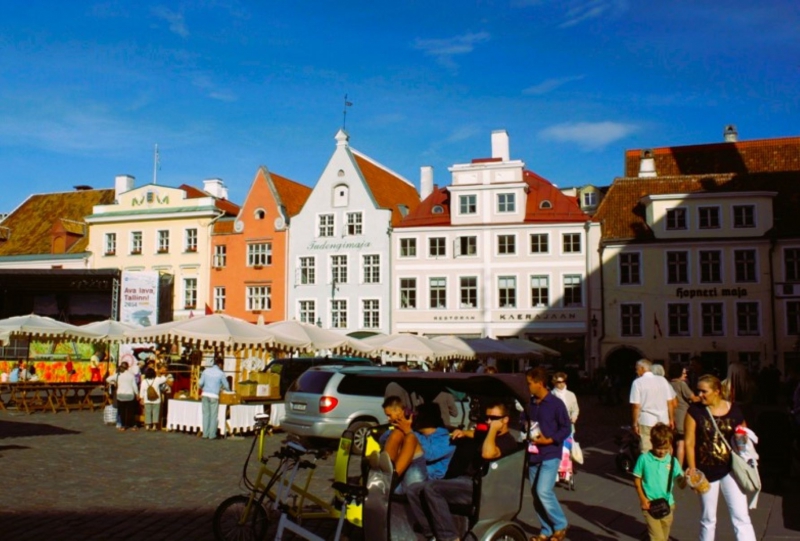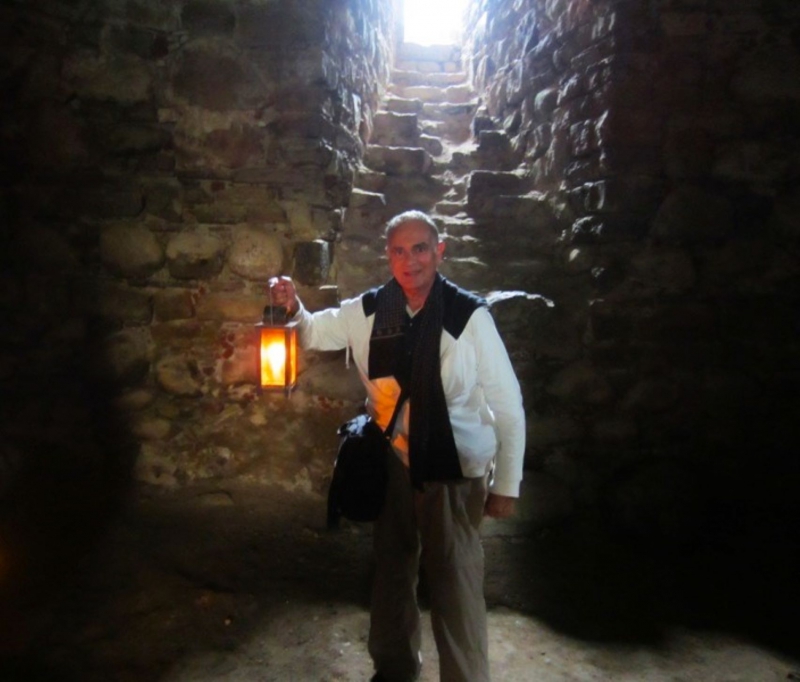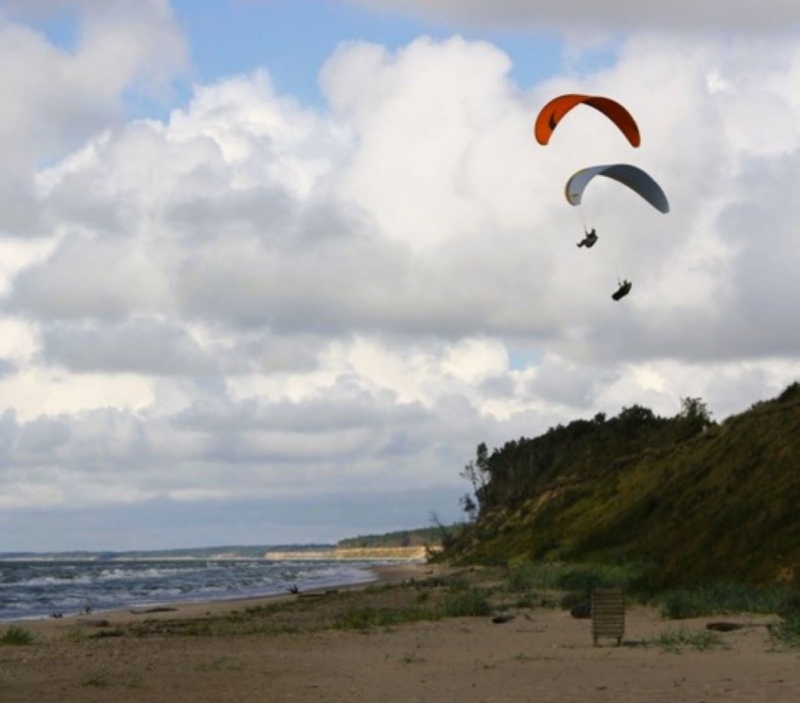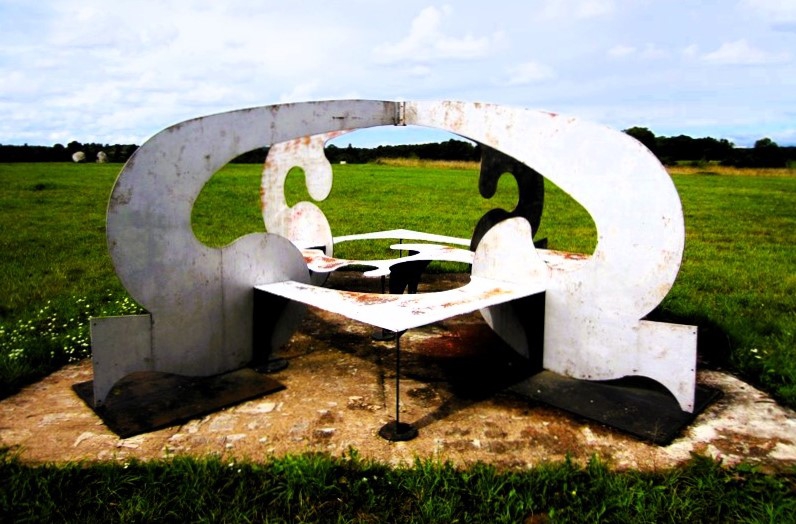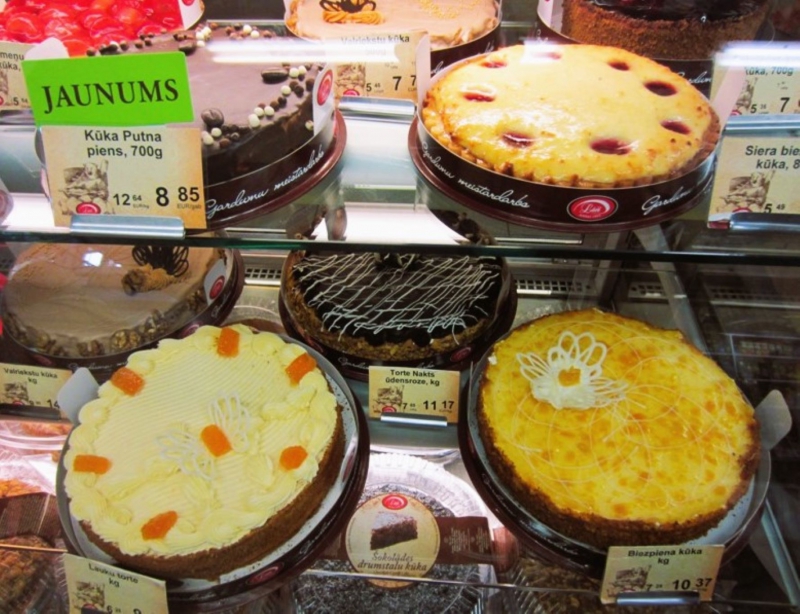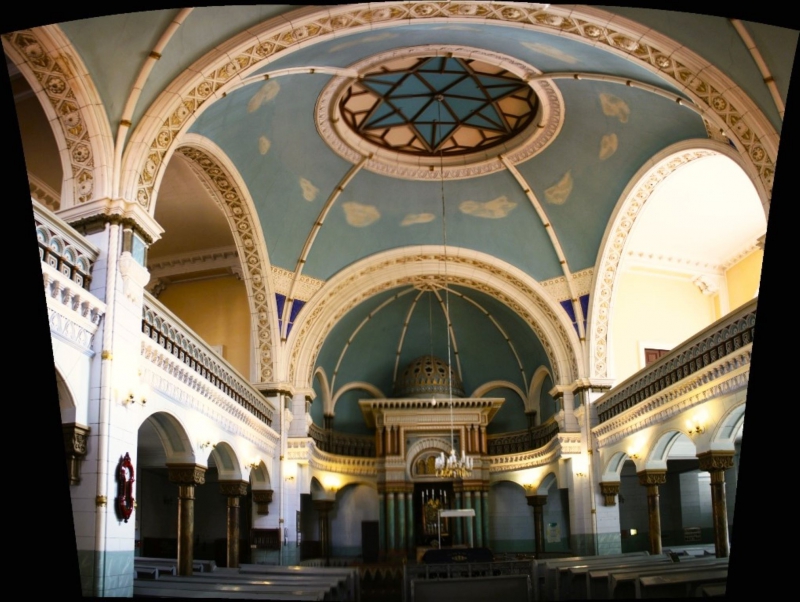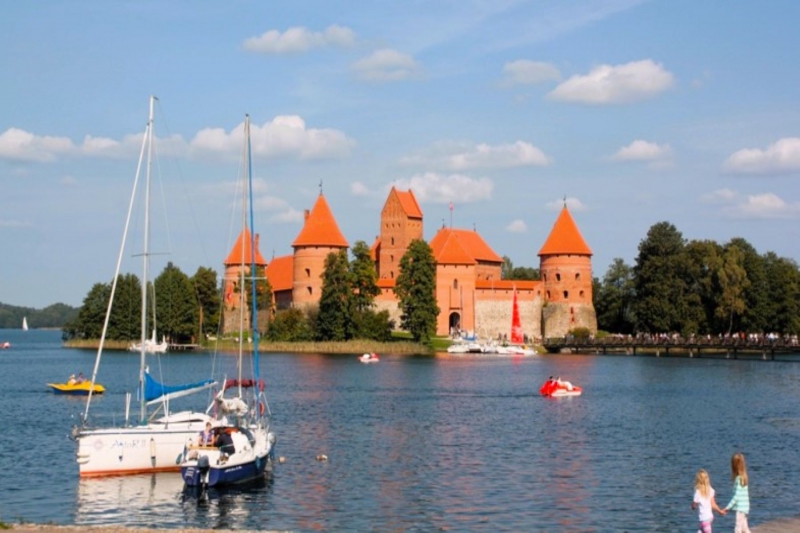Muscat: Sultan's Palace and Grand Mosque
Posted January 14, 2015 by JanMuscat
Oman
January 13, 2015
My guides, Mustafa and his brother Mohammad, urge me to visit the important sites in Muscat. They also understand my desire to explore areas “off the beaten track.” So they drive me to the Sultan Palace and the Fort and the Grand Mosque. And then they guide me to two small towns and the unusual seacoast of the Gulf of Oman.

